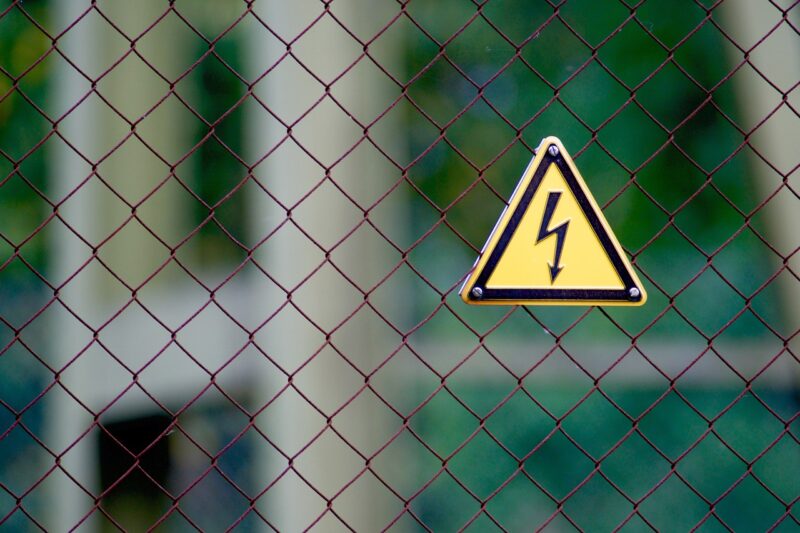Cash Rich Investors Make Bet on Distressed CRE Assets

Cash-rich investors are eyeing distressed opportunities across the battered American commercial real estate landscape. Many investors, who have been amassing funds since the onset of the pandemic in anticipation of such distressed opportunities, are now finding fertile ground as lenders tighten their grips on property owners facing financial strain.
This shift is particularly evident among office buildings affected by the remote work trend, hotels in need of repair, and apartment developments delayed by supply chain issues.
The root cause of this distress can largely be attributed to the sharp rise in interest rates which began in 2022. Property owners who relied on floating-rate debt or those who acquired properties before this financial shock are now struggling under significantly higher debt-service costs.
In response, well-capitalized investors are seizing these moments to acquire properties at discounted rates or to offer rescue capital to floundering owners in exchange for preferred returns.
Is Cold Storage, the Next Hot Sector in Commercial Real Estate? Read more.
Recent transactions showcase this trend vividly. A partnership involving Ares Management and RXR has actively pursued discounted interests in office spaces totaling millions of square feet while also eyeing over $500 million worth of senior debt.
Similarly, Harbor Group International has made substantial investments exceeding $600 million across various apartment-building projects within the past year alone.
This flurry of activity is set against a backdrop where global real-estate funds hold an unprecedented level of cash reserves earmarked for opportunistic investments. Data from Preqin highlights that these funds had approximately $544 billion at their disposal as of last year’s second quarter—a stark increase from previous figures.
However, not all stakeholders are positioned favorably amidst these dynamics. Regional banks, facing increased regulatory scrutiny and calls to reduce real estate exposure, find themselves retracting support previously extended through loan extensions.
Ambitious REIT Launch Targets $1 Billion Raise for Struggling Office Sector
This tightening landscape compels some property developers to seek alternative financing solutions or concede to sales under less favorable terms.
The volume of distressed assets within commercial real estate underscores the magnitude of current challenges but also hints at potential stabilization efforts through increased transaction activities.
With more than $85 billion tagged as distressed towards 2023’s end according to MSCI Real Assets—marking a significant rise from prior years—analysts anticipate further escalations as refinancing needs grow over time.
Noteworthy players like SL Green Realty have announced plans targeting opportunistic endeavors focused on distressed debts, indicating broader industry recognition that such conditions present viable investment avenues despite inherent risks.
Even though comparisons may draw from past financial crises revealing distinct differences in scale and resource availability today versus then, and concerns linger about long-term sustainability if high-interest rate environments persist.
The fundamental economics underlying many troubled properties will inevitably force difficult decisions upon their owners regardless of temporary relief measures secured.
Insights drawn from Peter Grant’s reporting for The Wall Street Journal, check out his take, here.


